
CLEAR SKIES OVER THE TERRITORY
HIGH: 78°F - LOW: 52°F
WIND: WEST AT 10 MPH
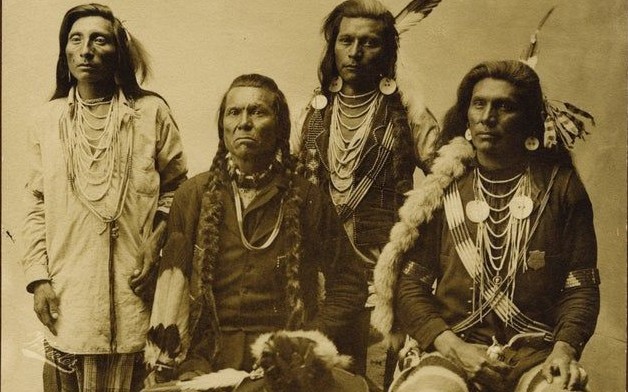
Known for their fierce resistance and skilled warriors, the Apache tribes inhabited the Southwest. They were masters of desert survival and guerrilla warfare, challenging both Mexican and U.S. expansion for decades.
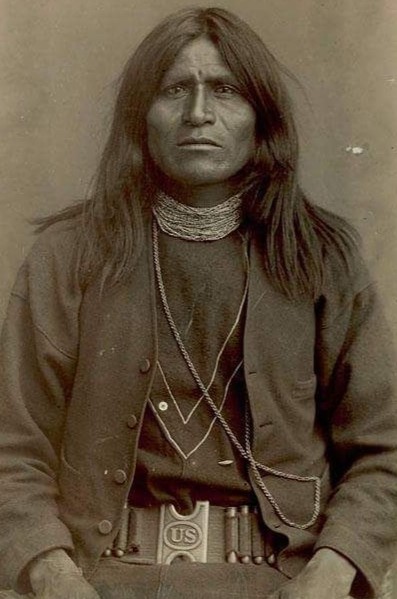
One of the largest and most powerful tribal groups of the Great Plains. The Sioux were central to the Plains Indian Wars, with notable leaders like Sitting Bull and Crazy Horse, fighting to preserve their way of life and bison-hunting grounds.
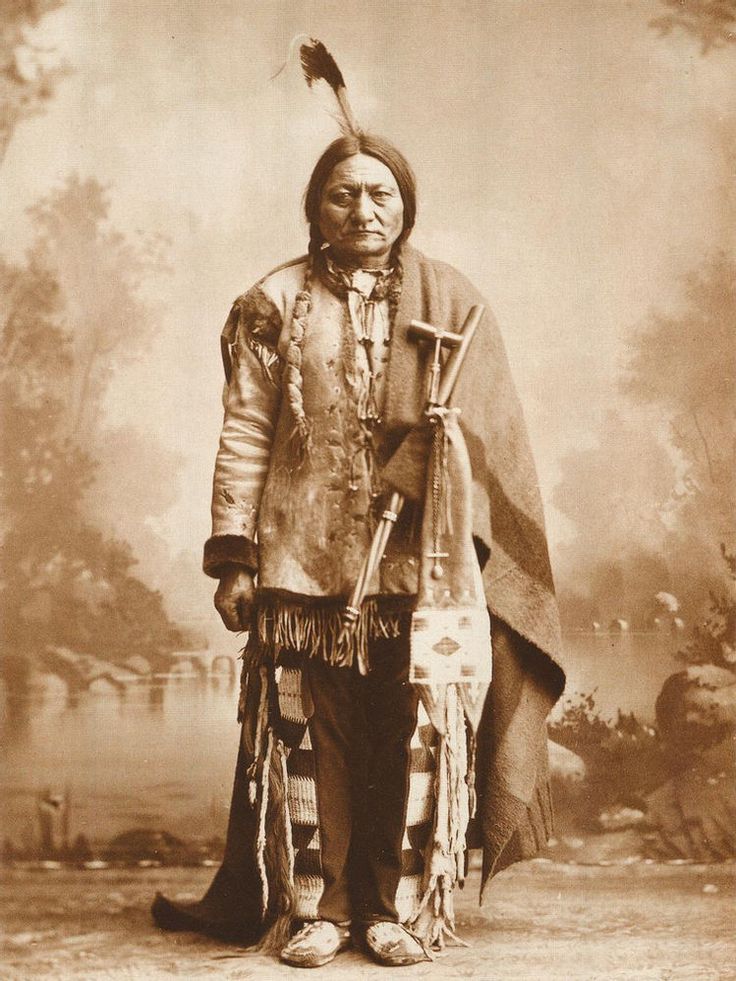
Originally from the Southeastern Woodlands, the Cherokee Nation adopted many European-American customs. Despite this, they were forcibly removed in the tragic "Trail of Tears" to Indian Territory (present-day Oklahoma).
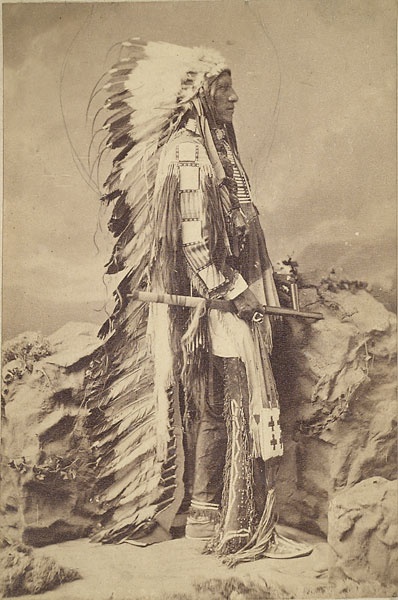
The 19th century was dominated by the idea of "Manifest Destiny," the belief that the United States was divinely ordained to expand its dominion and spread democracy across the North American continent. This ideology fueled westward expansion, encouraged by legislation like the Homestead Act of 1862, which offered free land to settlers. Waves of pioneers, prospectors, and railroad builders surged west, transforming the landscape and irrevocably altering the lives of Native American populations.
Among the most heart-wrenching chapters of this era was the forced displacement of Native American tribes. The "Trail of Tears" refers specifically to the Cherokee removal in the 1830s, but similar forced migrations affected many other tribes. Stripped of their ancestral lands, thousands perished from disease, starvation, and exposure during these brutal journeys. The loss of land, culture, and life left deep and lasting scars on indigenous communities, a somber counterpoint to the narrative of American progress.

On June 25, 1876, in the eastern Montana Territory, the combined forces of Lakota, Northern Cheyenne, and Arapaho warriors achieved a stunning victory against the 7th Cavalry Regiment of the U.S. Army. Led by war chiefs Crazy Horse and Chief Gall, with spiritual leader Sitting Bull, the Native forces completely overwhelmed Lieutenant Colonel George Armstrong Custer's battalion.
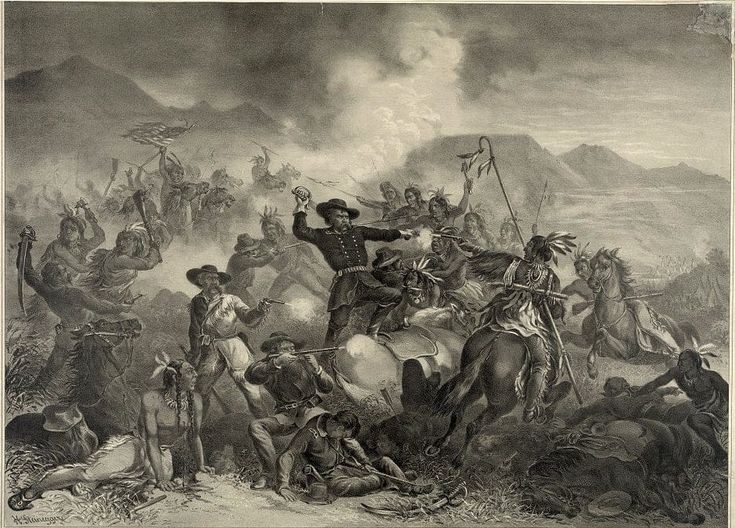
This battle, known to the Lakota as the Battle of the Greasy Grass, resulted in the annihilation of five companies of U.S. soldiers, including Custer himself. While a momentous victory for the Native Americans, it ultimately intensified the U.S. government's resolve to subdue the Plains tribes and confine them to reservations, leading to increased military campaigns against Indigenous resistance.
In 1890, as Native American tribes faced the devastating reality of reservation life, a spiritual movement known as the Ghost Dance spread rapidly across the Plains. Founded on the prophecies of the Paiute spiritual leader Wovoka, the movement promised that performing the Ghost Dance would reunite Indigenous people with their ancestors, restore their traditional lands, and cause the white settlers to disappear.

U.S. authorities, alarmed by the growing movement, banned the practice on many reservations. This tension culminated in the Wounded Knee Massacre on December 29, 1890, when U.S. troops opened fire on a band of Lakota, killing approximately 300 men, women, and children. This tragedy is often considered the symbolic end of Native American armed resistance to U.S. expansion.
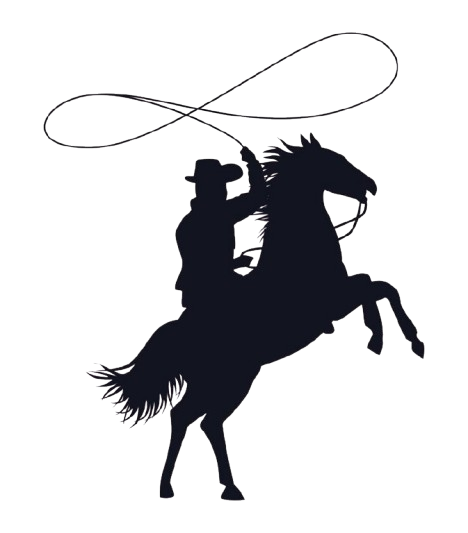
- Anonymous Proverb of the West
